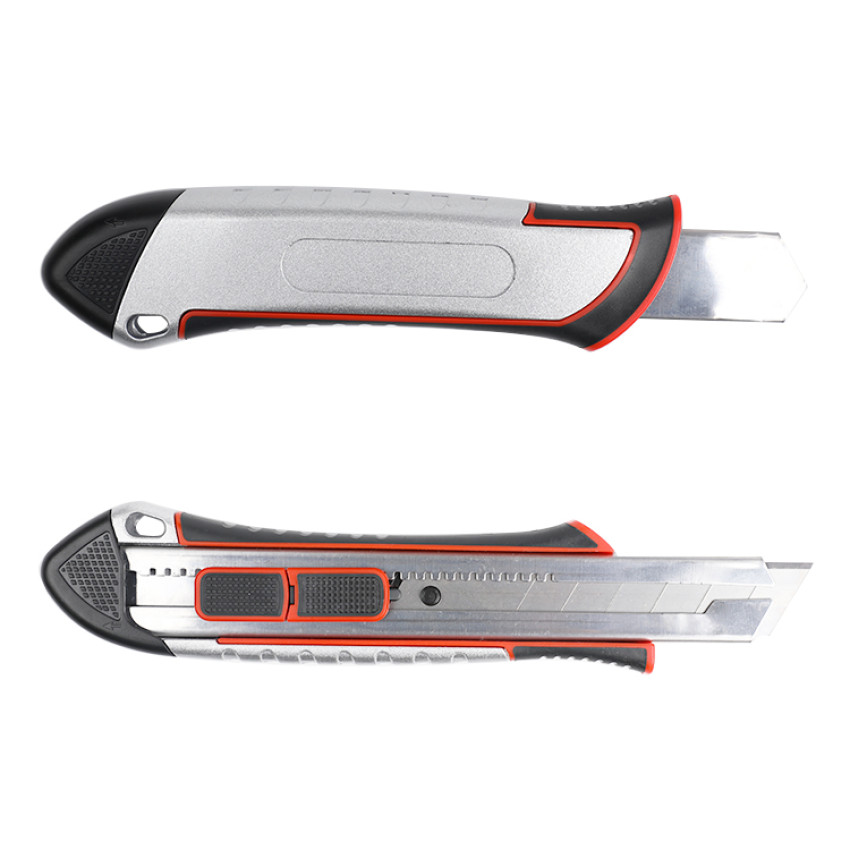
A utility knife is a versatile and essential tool that is used in a variety of settings, from the home to the workplace and outdoors. To ensure that your utility knife is always sharp and ready to use, it is important to know how to properly sharpen and maintain it. In this article, we will discuss the best practices for sharpening and maintaining your utility knife.
Sharpening Your Utility Knife
To sharpen your utility knife, you will need a sharpening stone or a sharpening tool specifically designed for knives. Follow these steps to sharpen your utility knife:
- Hold the sharpening stone or tool in your non-dominant hand and hold the knife with the blade facing away from you in your dominant hand.
- Place the knife blade on the sharpening stone at a 20-degree angle.
- Draw the knife blade across the sharpening stone in a sweeping motion, maintaining the 20-degree angle.
- Repeat this process several times, alternating sides of the blade until the edge is sharp.
It is important to remember that different types of knives require different angles for sharpening. Consult the manufacturer's instructions or a professional knife sharpener for guidance on the best sharpening angle for your utility knife.
Maintaining Your Utility Knife
In addition to sharpening your utility knife, it is important to properly maintain it to ensure its longevity and performance. Follow these tips for maintaining your utility knife:
- Clean your utility knife after each use. Wipe the blade with a damp cloth and dry it thoroughly.
- Avoid exposing your utility knife to extreme heat or cold, as this can damage the blade.
- Store your utility knife in a safe place, such as a knife block or sheath, to prevent damage to the blade.
- Oil the blade of your utility knife regularly to prevent rust and corrosion. Use a food-grade oil, such as mineral oil or coconut oil, to prevent any harmful chemicals from coming into contact with your food.
It is also important to regularly check your utility knife for any signs of damage or wear. If the blade is damaged, it may need to be replaced or professionally sharpened.
In conclusion, a utility knife is a valuable tool that requires proper sharpening and maintenance to ensure its performance and longevity. By following these best practices for sharpening and maintaining your utility knife, you can ensure that it is always sharp and ready for use. Remember to consult the manufacturer's instructions or a professional knife sharpener for guidance on the best sharpening angle for your specific utility knife, and to regularly check for any signs of damage or wear. With proper care, your utility knife can provide reliable performance for years to come.



